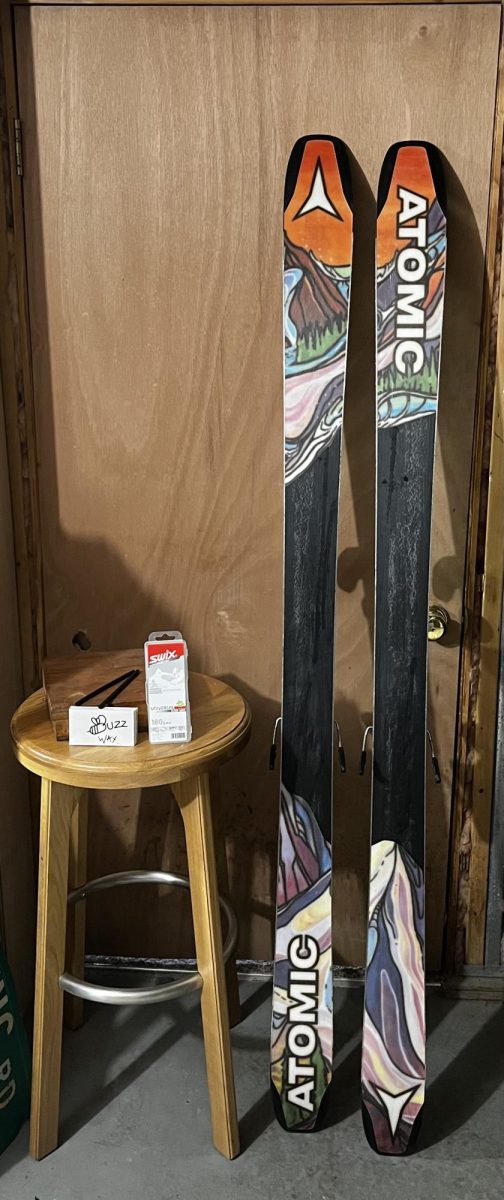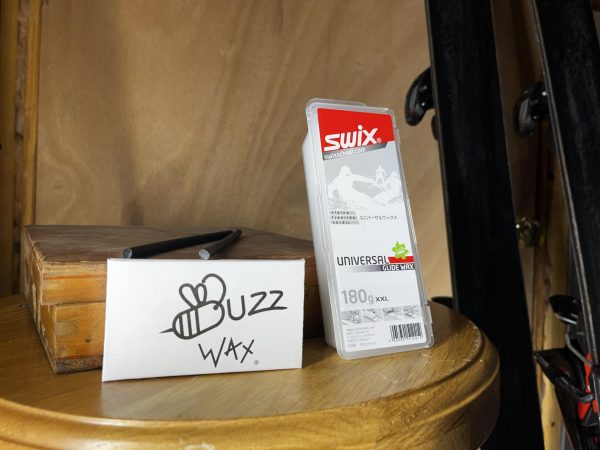
As the winter approaches with its odd temperature swings, skiers and snowboarders from all across the snowy parts of the world are preparing for the season ahead. If you happen to be one of the many skiers in the world that are clueless to the side of skiing that involves basic maintenance, or you simply bring your skis to a shop for their yearly rundown, it may be time to learn some valuable skills that could save you money in the shop and time on the slopes.
Ski Waxing
Starting with an at home setup, it is important to have the correct materials and the correct environment in order to do the best job possible. The most common and easiest maintenance that a skier or boarder can do is waxing their bases (or bottoms) of their equipment. Being one of the most advantageous things one can do to their kit, waxing will not only keep you from getting stuck in deeper, more dense snow, but will allow you to glide faster over all types of snow. By doing so, the wax creates a more predictable movement underfoot.
Choosing wax is a rather difficult ordeal that is harder than one may think. Waxes range from multipurpose bars off of the shelf, lasting the entire season, to diving into the many different densities and formulas that will account for the best daily conditions. There is a whole range of reasons why people will apply waxes on certain days. Whether conditions call for dumping snow or sheets of ice, no two waxes will act the same to every condition. Generally, the harder the wax, the colder the weather, and the softer, the warmer. Doing research on this topic all depends on your level of expertise and passion for the sport.
For those environmentally conscious, it is important to keep in mind that some waxes are completely biodegradable and even food-safe. However, many of the more expensive and faster gliding waxes contain hazardous PFAS. These long-lasting chemicals Are found in many name brand waxes, and while they are dangerous to the environment, they are also dangerous to the skier, especially when heating the wax to apply it to the skis. Brands such as Hertel use only biodegradable components, creating a scientifically proven wax that is still incredibly fast.

Setting up a workplace for waxing with solid wax can vary in difficulty depending on the resources you have around you. Having a proper bench, sawhorses, or even a table is nice, but in a pinch – like a hotel room before the deepest day of the season – anything down to an ironing table will get the job done. Besides a good surface, something to heat the wax is needed, and although there is a proper tool for this, in the name of saving money the tip of a clothing iron is a perfect applicator. Two final tools include a piece of cork and a scraping tool, like a cabinet scraper or razor blade, to provide the best outcome.
Gear Maintenance
Besides waxing bases, there are other things that can be done in order to guarantee a good season on the hill, including gear prep. For both old and new gear, one important step that can be taken in order to ensure a good time is water-proofing all of the outer layers to an outfit. There are certain sprays that are designed for the protective shell of jackets and snow pants that provide a more water-resistant layer for days when snow is less frosty and more like a slushy puddle.
Unless you intend on buying new equipment after every season or even every day in the snow, the most important part of preparing for a season of skiing is caring for your gear after a day has come to an end. Taking care of hundreds of dollars worth of equipment is an important step in a full day’s adventure. Getting home and tossing clothing aside can lead to mold, while throwing wet gear in storage can lead to rust and pitting on edges. This pitting and rust will make your carving and corners on the hill much harder.
Instead of leaving your things in a heap, take the time to wipe down skis, hang pants and jackets up, and place goggles in a place where they will dry out to prevent buildup inside of the lenses. Make sure boots and gloves, perfect breeding grounds for mold, are dry and ready for the next day. Whether you intend on going once for fun or being on the lift lapping the hill every weekend, no matter what your season looks like preparing your things can be the difference between a mediocre day and a good one. As long as you take care of your things, they will take care of you.















